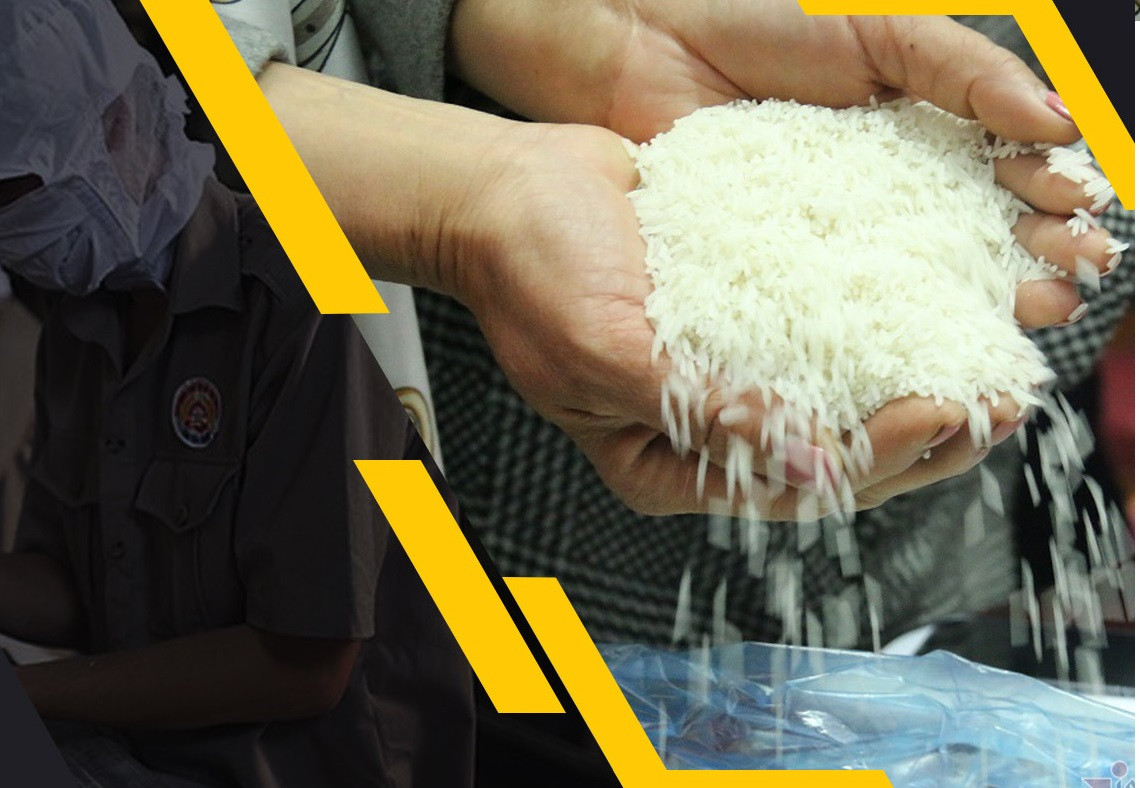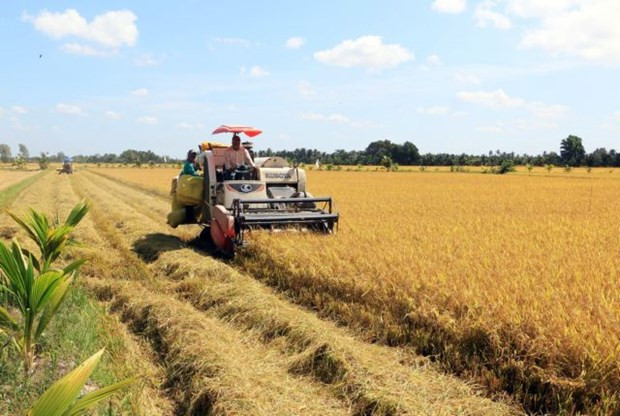
Minister of Agriculture and Rural Development Le Minh Hoan said these were good signs for the strategy of having Vietnamese rice enter the most demanding markets in the world. At the same time, it shows that quality has changed for the better.
In 1989, Vietnam's rice production was enough for domestic consumption and for export for the first time. From US$321.8 million, after a decade, Vietnam’s rice export turnover then surpassed $1 billion. By 2011, it reached $3.65 billion – the highest level in history.
However, in the following years, it began to record a decline in exports and then export turnover was almost flat, with $3.07 billion in 2020 and $3.3 billion in 2021.
In the first eight months of 2022, the rice industry continued to prosper, with exports reaching over $2.3 billion, up 8.1% over the same period in 2021. However, it is forecast that export turnover for rice will be only $3.2-$3.3 billion in 2022.
Vietnamese rice is present in 80 countries and territories. Vietnam is one of the three major rice exporting countries in the world. However, it is mainly exported in the low-price segment.
Vietnam’s rice exports to the Philippines in 2021 reached a turnover of $1.25 billion. This was the largest customer of Vietnamese rice for more than a decade. However, the market share of Vietnamese rice in the Philippines in recent years has decreased due to fierce competition with cheap Indian rice.
Other large markets of Vietnamese rice are China with nearly $523 million, Ghana with $394 million, Ivory Coast $218 million, and Malaysia $142 million. The average price of Vietnamese rice for export is $503/ton.
Regarding types, the export value of white rice accounted for 45.1% of the total turnover, reaching 2.76 million tons; jasmine and fragrant rice 26.8%, with 1.64 million tons; broken rice 13.65%, with 834,400 tons; sticky rice 8.9%, with 547,900 tons; japonica rice and Japanese rice varieties 4.2%.
In recent years, rice exports have shifted from the Asian market to the African market. However, Asia is still a key market area, accounting for over 60% of total rice export turnover; followed by Africa 19%; and Europe 2%.
Rice exporters said that choosy markets often require high-quality rice, with strict standards. However, high-end markets such as the EU, the US, Japan, and South Korea account for a modest market share in the total value of Vietnam's rice exports.
In the low-end market, Vietnamese rice is competing on price with Indian rice. Meanwhile, in other market segments, Thai and Cambodian rice have more advantages in terms of brands. This is also a weakness of Vietnamese rice.
1 million hectares of high-quality rice

To meet the increasing requirements of rice exports, the Prime Minister recently asked the Ministry of Agriculture and Rural Development to design a project to produce 1 million hectares of high-quality rice in the Mekong Delta.
Deputy Minister of Agriculture and Rural Development Tran Thanh Nam said this will be a transformational revolution for Vietnam’s rice industry.
GS. Vo Tong Xuan - a famous rice expert in Vietnam - said that Vietnam has many varieties of delicious rice, and even ST24 and ST25 have won the best and second-best rice awards in the world.
Models of high-quality rice production also exist, but the scale is still small. The rice industry needs a major revolution to change the quality, to meet domestic consumption and export, and also help farmers increase their income from rice.
Tam An